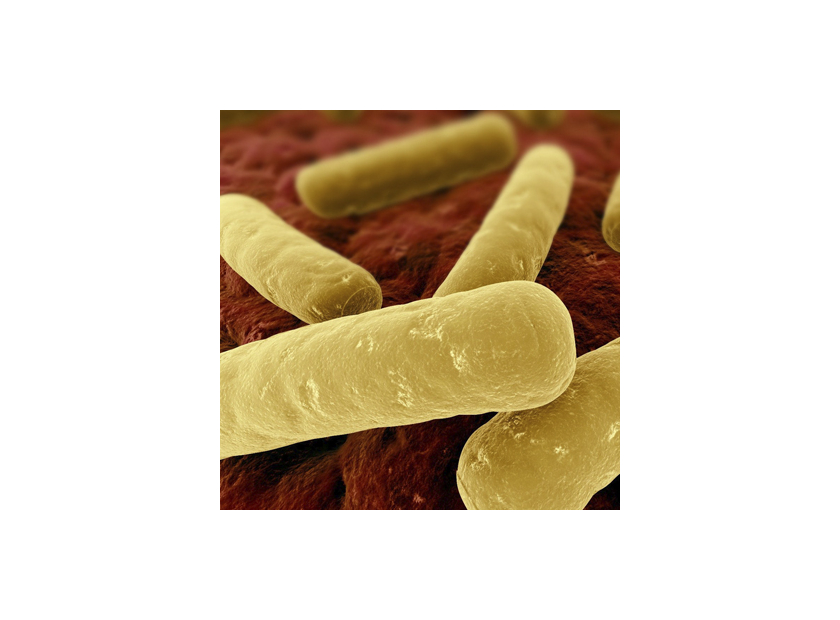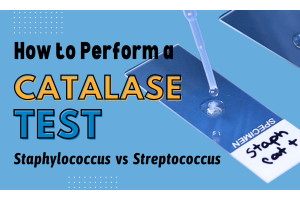A Not So Sweet Relationship? Trehalose and C. difficile
Posted:
March 09, 2018
Dietary sugar and Clostridium difficile are not usually two things you hear of in one sentence, but it was recently discovered that a sugar additive, trehalose, may encourage the virulence of Clostridium difficile.
The supporting study titled “Dietary trehalose enhances virulence of epidemic Clostridium difficile” was very recently published in January 2018 in Nature, International Journal of Science (Collins et al., 2018). The study discusses two ribotypes of C. difficile that have been associated with major outbreaks of hospital-acquired infections in recent years: ribotypes 027 and 078 (Collins et al., 2018). Researchers believe that fluoroquinolone resistance is partly responsible for the RT027’s role in causing epidemics but many other strains of C. difficile are also fluoroquinolone-resistant but not responsible for major epidemics. As a result, scientists at Baylor College of Medicine set out to explore the relationship between trehalose and C. difficile in these two ribotypes (Pathak, 2018).
Trehalose is a sugar that is commonly used in biochemical pathways of many bacteria. However, the researchers at Baylor noticed that RT027 and RT078 were able to utilize concentrations of trehalose that were 1,000 times lower than the concentration of trehalose required by other lineages of C. difficile. This quickly sparked their interest, as it appeared that RT027 and RT078 lineages of C. difficile had optimized their ability to use trehalose.

Researchers used a mouse model of C. difficile infection to further investigate this finding. Mice were infected with either the RT027 or RT078 lineage of C. difficile in conjunction with a diet that either contained low trehalose levels or no trehalose. It was found that the mortality rate was higher in the group of mice infected with C. difficile that consumed a diet with more trehalose than those who consumed a diet without trehalose. Continued studies using the mouse model of infection demonstrated that it was not so much the number of C. difficile present in the mice that caused disease severity but rather the level of trehalose consumed by the mice that resulted in increased production and release of toxins by RT027 lineage of C. difficile (Pathak, 2018).
Furthermore, the researchers at Baylor found underlying evidence for this study at the molecular level. It appears that the genome of these two strains encodes a trehalose repressor protein called TreR. In the RT027 lineage, they found that this repressor has undergone a single point-mutation which has allowed this protein to gain increased sensitivity to trehalose by more than 500-fold. Before this mutation had occurred, TreR was only activated when the concentration of trehalose was high (Collins et al., 2018).
The researchers at Baylor draw an interesting conclusion suggesting that the addition of trehalose to the human diet may have played a role in the selection of these two ribotypes and their hypervirulence. This conclusion is supported by the fact that trehalose was approved as a food additive in the United States in the year 2000, which allowed trehalose to be included in foods such as sushi, ice cream, desserts, and even vegetables.
It was in the following three years that major outbreaks involving RT027 and RT078 began to occur (Pathak, 2018). As a result, this preliminary study strongly suggests that there may be a relationship between dietary trehalose and hypervirulence of C. difficile.

Cargill, a major manufacturer of trehalose for the use in food, states the following on their website: “Trehalose is an ideal ingredient for generating exciting market possibilities for your latest product concepts and also for adding new life to existing food and beverage brands. It is especially well suited for sweetening nutritional drinks and other energy products used by consumers as part of their daily eating habits. As a multi-functional sugar with nearly half the sweetness of sucrose, trehalose will strongly improve the taste, texture and appeal of your foods and beverages. Trehalose can bring out the best in your products and your processes, enhancing functionality and improving stability in several key ways.”
According to a report by the Centers for Disease Control and Prevention (CDC), C. difficile is responsible for about 500,000 infections among patients in the United States in a year. People aged 65 years or older are especially vulnerable to this fatal infection. Within 30 days of the initial diagnosis of C. difficile, about 29,000 patients die each year.
By Nasim Delavari
Technical Support Microbiologist
HARDY DIAGNOSTICS
References:
Collins, J., Robinson, C., Danhof, H., Knetsch, C. W., Van Leeuwen, H. C., Lawley, T. D., Britton, R. A. (2018, January 3). Dietary trehalose enhances virulence of epidemic Clostridium difficile. Retrieved from https://www.nature.com/articles/nature25178
Pathak, D. (2018, January 3). Dietary sugar linked to bacterial epidemics. Retrieved from https://www.bcm.edu/news/molecular-virology-and-microbiology/dietary-sugar-link-to-bacterial-epidemics
Comment(s)







